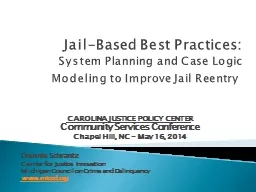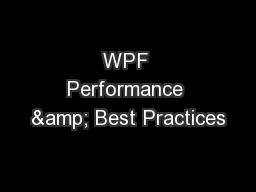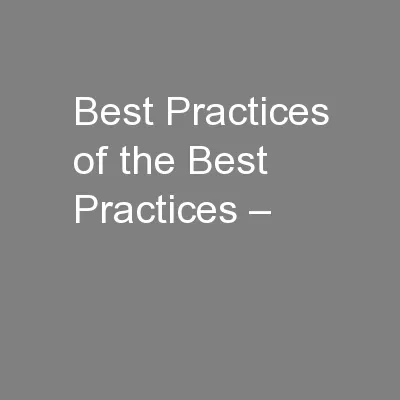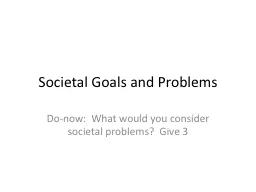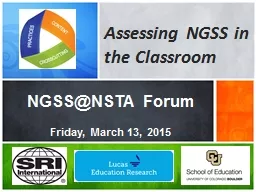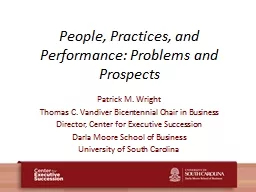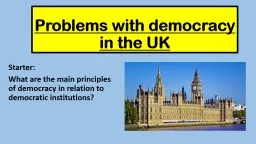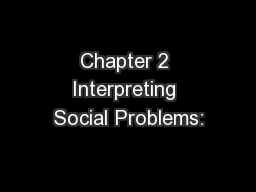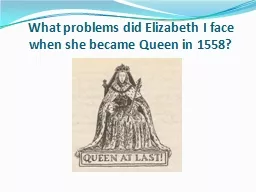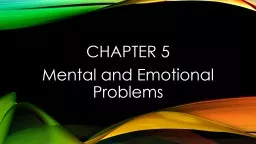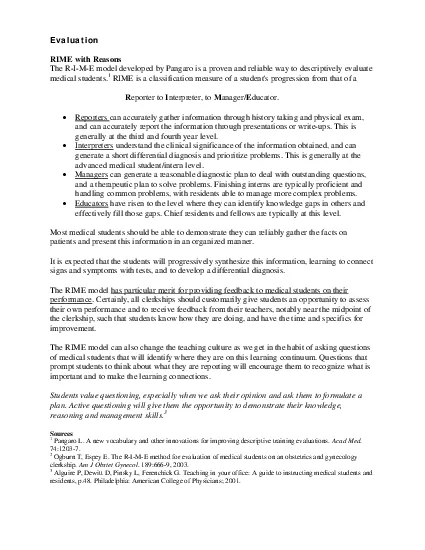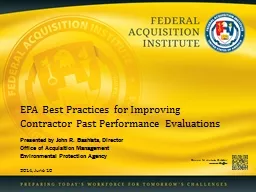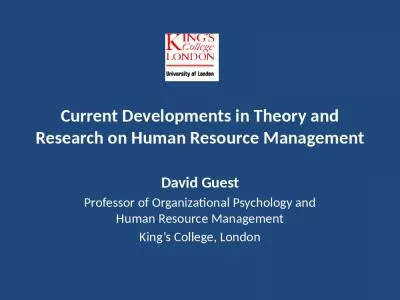People, Practices, and Performance: Problems and
Author : aaron | Published Date : 2025-06-23
Description: People Practices and Performance Problems and Prospects Patrick M Wright Thomas C Vandiver Bicentennial Chair in Business Director Center for Executive Succession Darla Moore School of Business University of South Carolina Our people
Presentation Embed Code
Download Presentation
Download
Presentation The PPT/PDF document
"People, Practices, and Performance: Problems and" is the property of its rightful owner.
Permission is granted to download and print the materials on this website for personal, non-commercial use only,
and to display it on your personal computer provided you do not modify the materials and that you retain all
copyright notices contained in the materials. By downloading content from our website, you accept the terms of
this agreement.
Transcript:People, Practices, and Performance: Problems and:
People, Practices, and Performance: Problems and Prospects Patrick M. Wright Thomas C. Vandiver Bicentennial Chair in Business Director, Center for Executive Succession Darla Moore School of Business University of South Carolina “Our people are our most important asset.” Every company’s mission statement My guiding assumptions People are valuable (possess knowledge, skill and ability that can benefit firms as well as intrinsic value and worth) People have free will (can choose to contribute or not) How organizations manage them will determine the long term viability of the enterprise Strategic HRM describes how firms seek to do this in a way that maximizes the value of people by aligning them with the strategic needs of the business SHRM Defined… ‘…the pattern of planned human resource deployments and activities intended to enable the firm to achieve its goals’ (Wright & McMahan, p. 298). “deployments” = allocating people to strategic needs “activities” = HR practices to manage people to have right skills and exhibit right behaviors to effectively execute strategies SHRM’s Domain “…the determinants of decisions about HR practices, the composition of the human capital resource pool, the specification of the required human resource behaviors, and the effectiveness of these decisions given various business strategies and/or competitive situations” (Wright & McMahan, 1992; p. 298) HR Practices Recruitment Selection Training Development Performance Management Rewards Communication What Employees Have Skills, Abilities, Competencies What Employees Feel Motivation Commitment Engagement What Employees Do Task, Discretionary, Counterproductive Behavior, Attendance, Turnover Customer Outcomes Satisfaction Retention Operational Outcomes Productivity Quality Shrinkage Accidents Financial Outcomes Expenses Revenues Profits Strategic HRM and Performance Strategy Human Capital, Strategy, and HR: My Thesis Good research linking human capital, strategy, and HR practices needs multidisciplinary perspectives HR has focused on how the practices aimed at building, managing, and transforming human capital are related to performance, while largely ignoring the human capital itself. Strategy has focused on human capital, without much interest in how to build, maintain, and/or transform human capital. The SHRM Problem Strategic HRM Research Wright & McMahan 1992 HR Practices Research Huselid, 1995 Lepak & Snell, 1999 Wright et al 1994 Problem 1: Strategic HRM research, which should examine the links among practices, people, strategy, and performance, morphed into HR practices and performance research, which has been devoid of both people and strategy HR Strategy Recruitment Selection Training Development Performance Management Rewards Communication Customer Outcomes Satisfaction Retention Operational Outcomes Productivity Quality Shrinkage Accidents Financial

